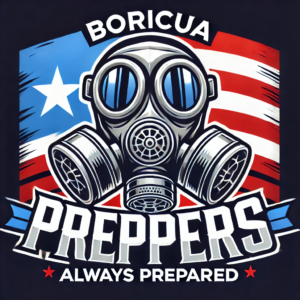Welcome to Boricua Preppers
Preparation, Survival Gear and Outdoors Self-Sufficiency
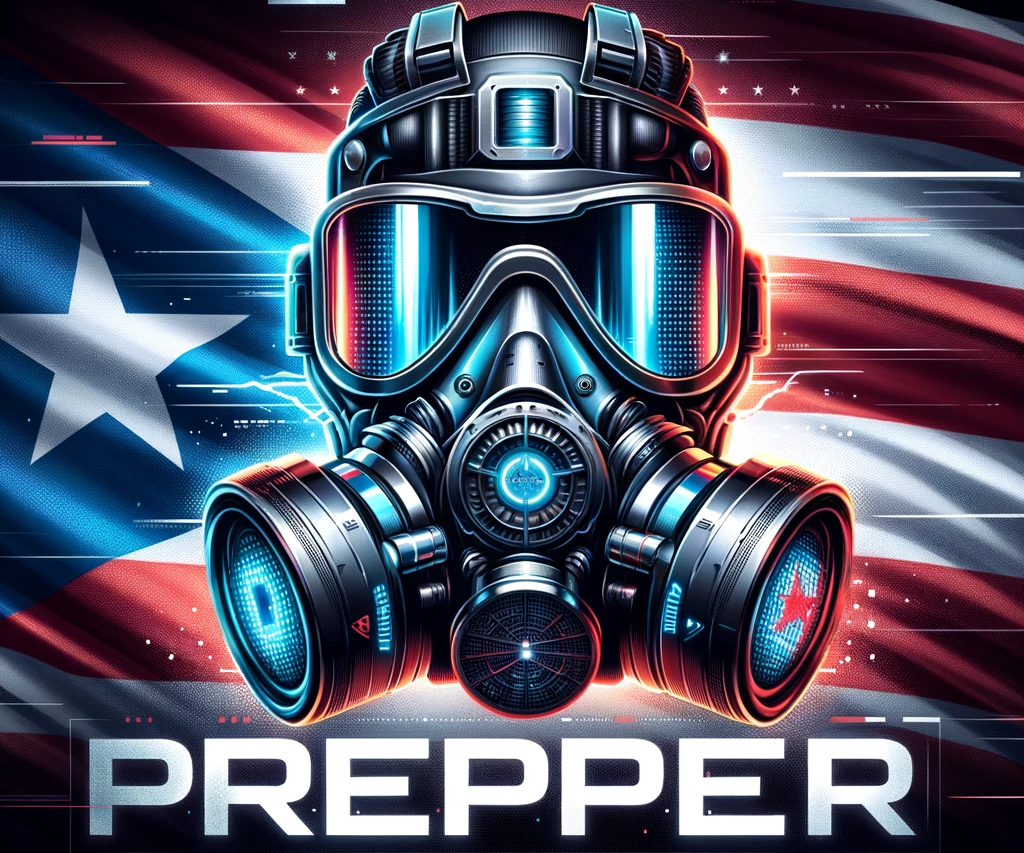
Boricua Preppers is a dynamic site focused on Preparation, Survival Gear, and Outdoors Self-Sufficiency. Our mission is to equip members with the knowledge and tools needed to handle natural disasters, man-made crises, and other unforeseen events. Whether you’re new to preparedness or an expert in self-sufficiency, Boricua Preppers offers cutting-edge tips, recommendations, and strategies to improve your preparation. Explore the best survival gear and techniques for thriving in the outdoors, ensuring you’re ready for any situation.
In addition, we promote the importance of putting what you have learned into practice during outdoor events, where members can experience real-time survival techniques, use essential equipment, and prepare for emergencies. These events foster unity among participating members and are an excellent opportunity to test and improve the ability to respond effectively in unexpected situations. Equipment such as portable stoves, tents, water purification systems, and survival tools are tested in controlled environments, allowing participants to become familiar with their use and maximize their self-sufficiency in critical moments.
By joining our page, you will connect with like-minded people, stay current on the latest tools and techniques, and strengthen your ability to respond effectively to any emergency, whether at home or during an outdoor experience.
“Failing To Prepare Is Preparing To Fail” -Benjamin Franklin - Boricua Preppers|Preparation, Survival Gear, and Outdoors Self-Sufficiency
Recent Posts
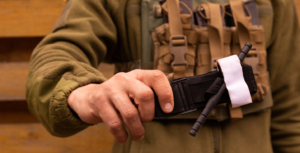
The Tourniquet – A Must Have In Your Trauma Kit
A tourniquet is an essential medical device that can be used in life-threatening situations to control severe bleeding. Once applied, the tight band or strap
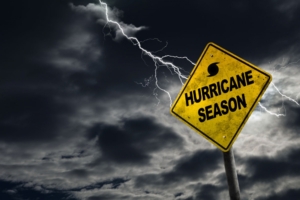
Home Preparedness – A Beginners Guide
Home Preparedness…Be Ready! Home preparedness is the practice of being ready for any emergency or disaster in one’s home. The aim is to ensure the
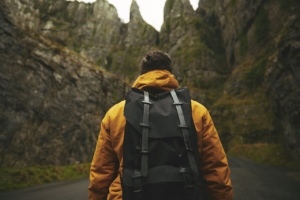
The Bug Out Bag – 15 Essentials To Survive
The Basics Bug-out bags, also known as BOBs, are emergency preparedness kits designed to help individuals and families survive during a crisis situation. They are
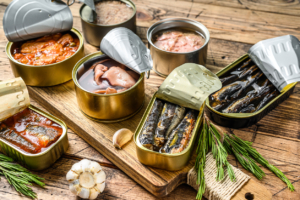
5 Best Canned Food For Survival
Canned Food For Survival Canned food is an excellent choice for emergency and survival situations, such as natural disasters or power outages, where fresh food
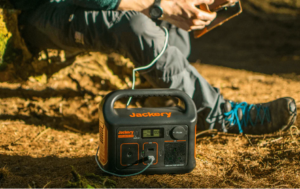
Portable Power Stations – Why Do You Need One?
Introduction To Portable Power Stations Portable power stations are portable devices that can store and convert electrical energy, making them ideal for use while traveling

Summer Is Here – It’s Time To Pepper Up
Delicious Peppers! Peppers are a great option for anyone looking to start a garden this summer. Not only are they relatively easy to grow, but
